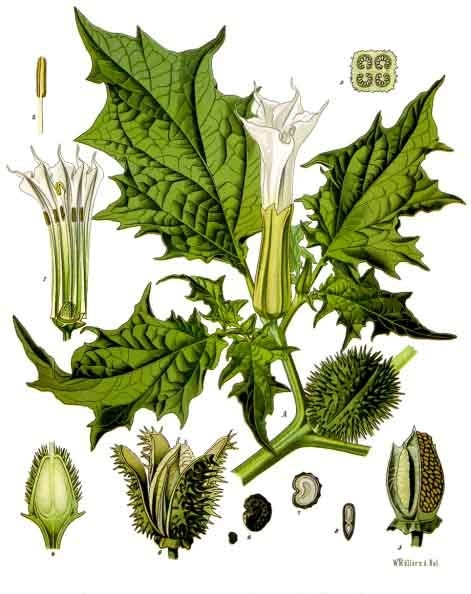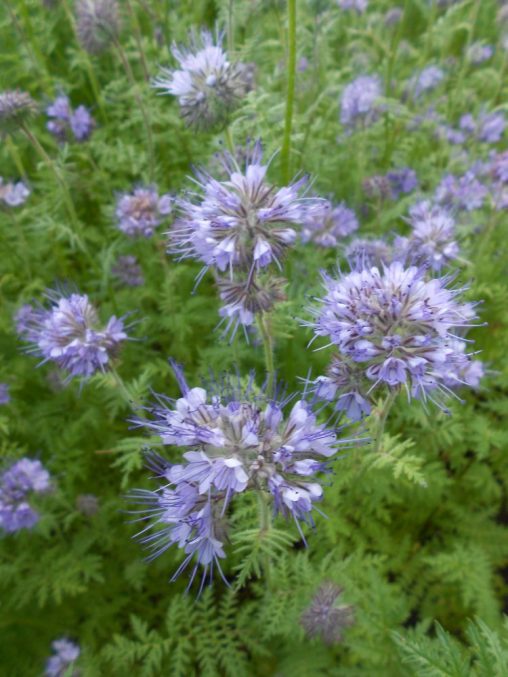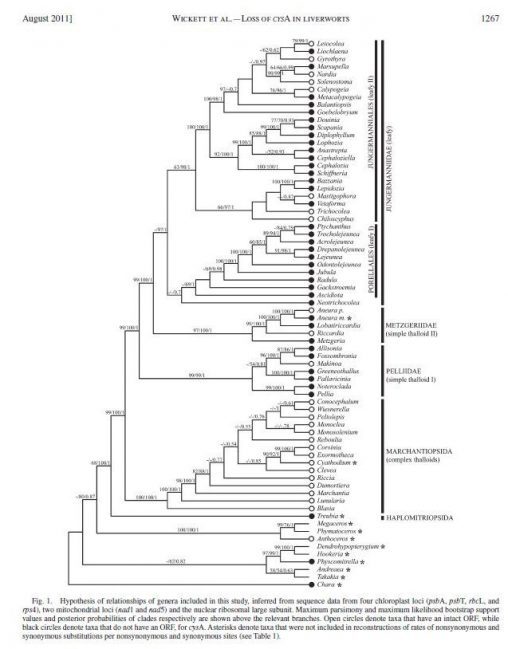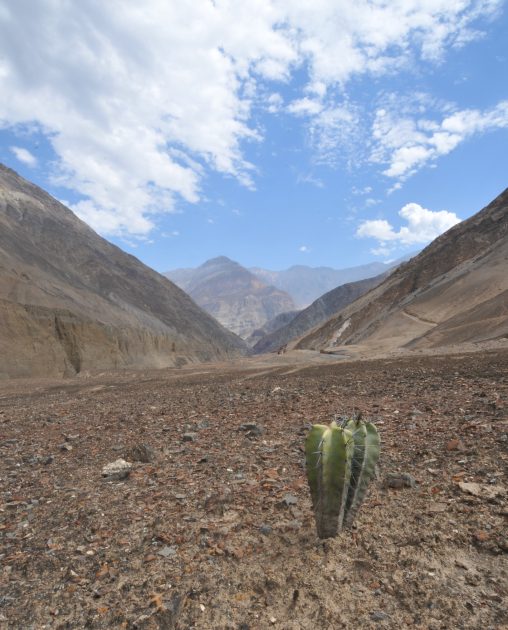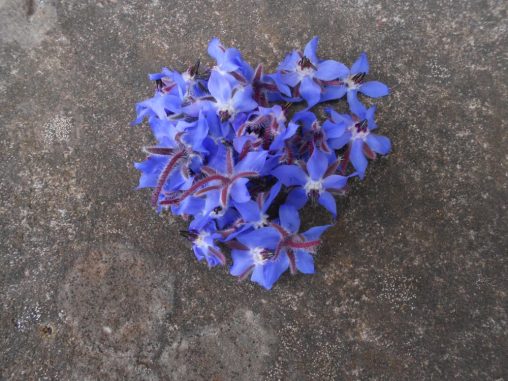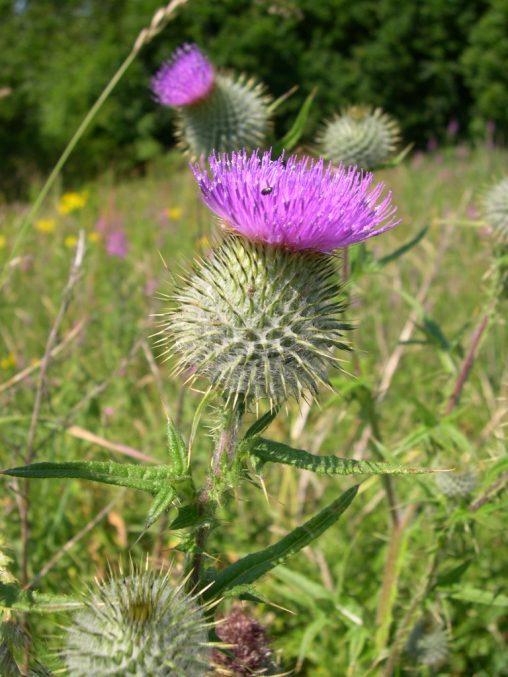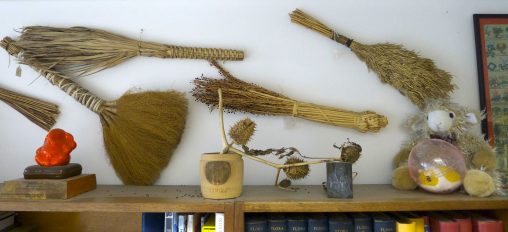Month: July 2013Page 1 of 3
By gardenpoets A final morning stroll in the garden, before the crowds arrive for the day. My time as resident poet in Edinburgh is over. It has been…
By gardenpoets Today we reached the end of the alphabet, with a poetry reading in the Queen Mother’s memorial pavilion (see here). It is a surreal little building,…
By gardenpoets Here is the renga we wrote at the Botanics. Thanks to Colin Will for being the master, and to all the poeticipants! Everything new A 20-verse…
By gardenpoets Renga is an ancient Japanese way of writing poetry together. Like many of the trees I have been studying in the past few weeks, it is…
By gardenpoets Today’s ‘tree’ is heather. We drank heather ale last night, and read the legend of the little people of Scotland who kept it secret for so…
By gardenpoets My day had three parts. The first was in the Scottish poetry library, the great treasure trove. I returned with a bag of goodies – five…
By gardenpoets ‘The best part of happiness is the pines.’ So said Terri Guillemets. The best part of today were the pines too, and their relatives. We walked…
By gardenpoets Today I met with Alex Davey, a very helpful guide into the deep time of trees. As well as a reading list, she has pointed me…
By gardenpoets I began the day with close study of the Gunneras, giant rhubarbs with bad attitude. They look as if a pterodactyl could swoop down and perch…
By gardenpoets Today’s tree alphabet species is that great tree hugger, ivy. Spurred on by the news that a new world record for tree hugging was set yesterday…
By gardenpoets Not all of the letters in the Gaelic tree alphabet are trees! Today’s letter, M, stands for Muin, which is often translated from the old Gaelic…

